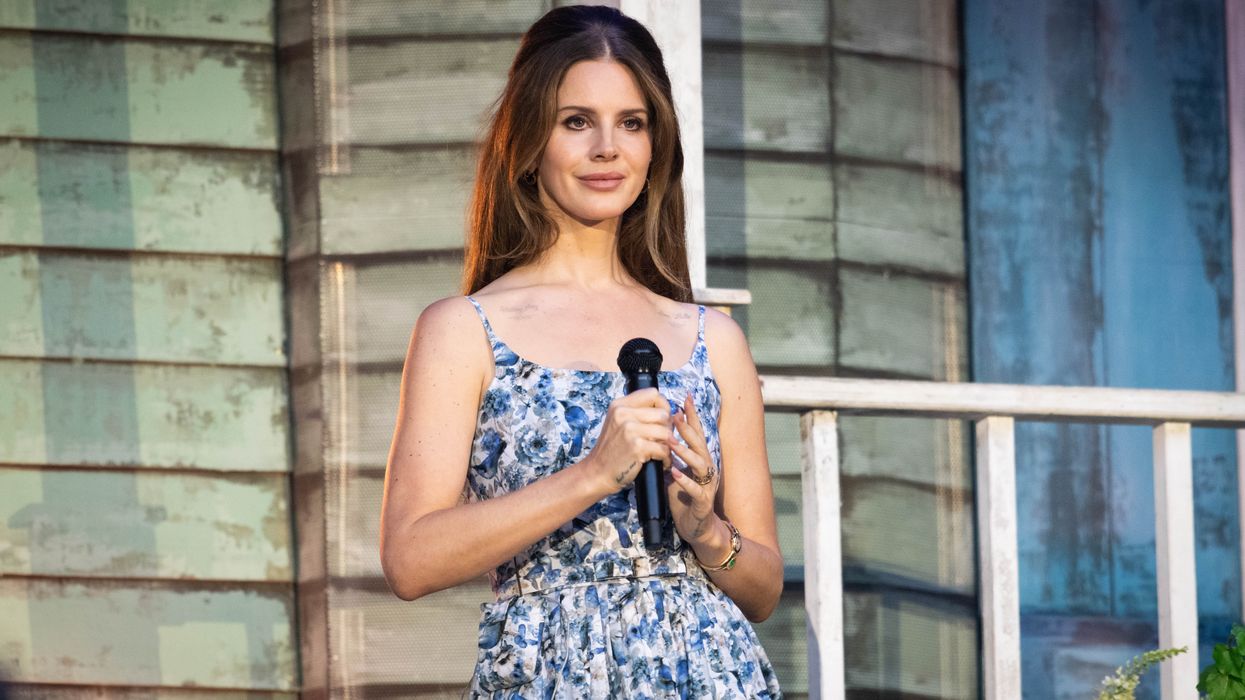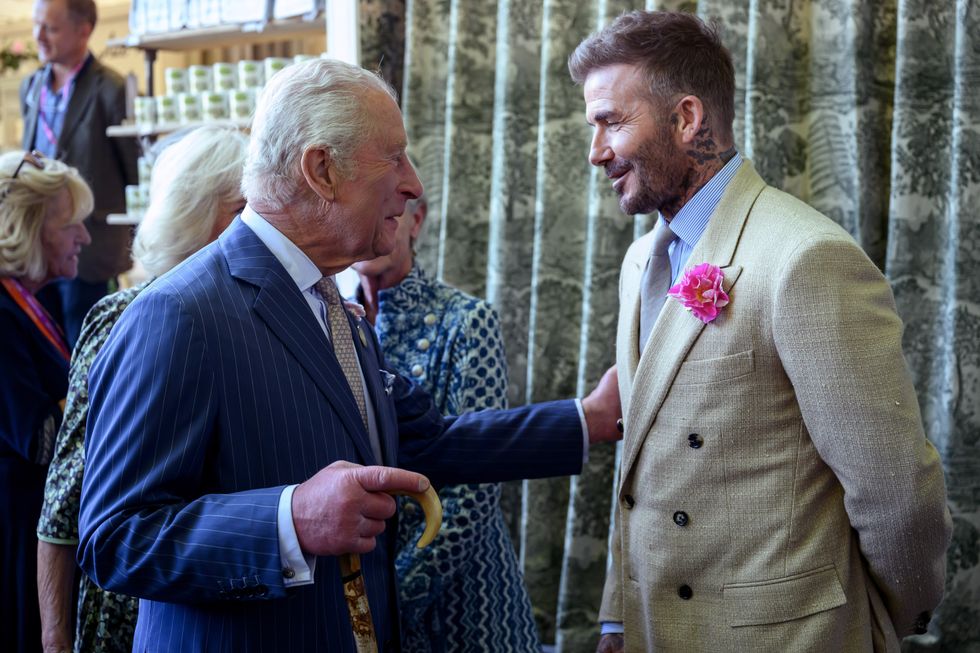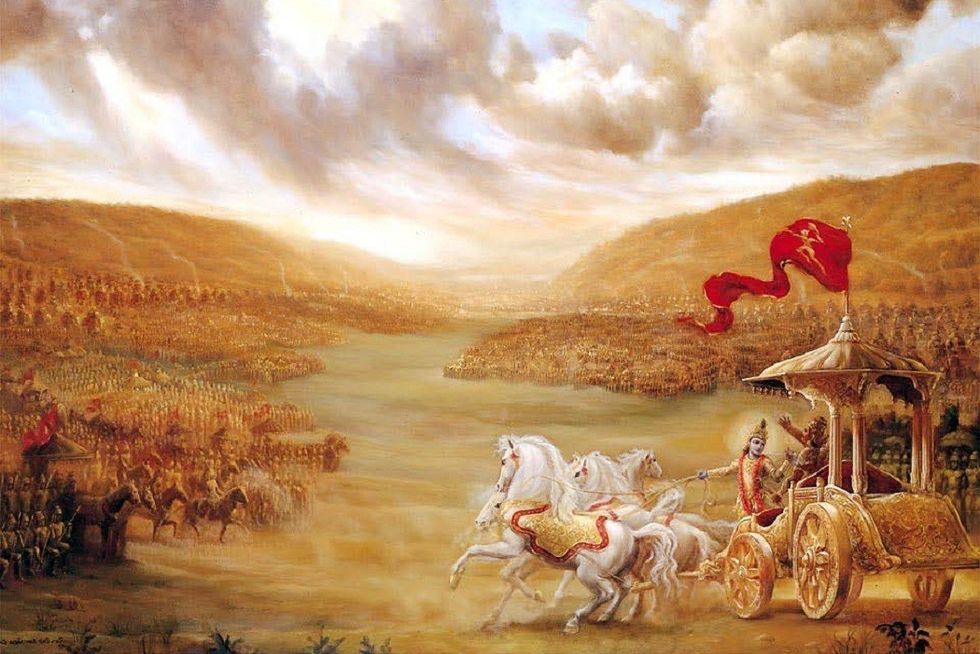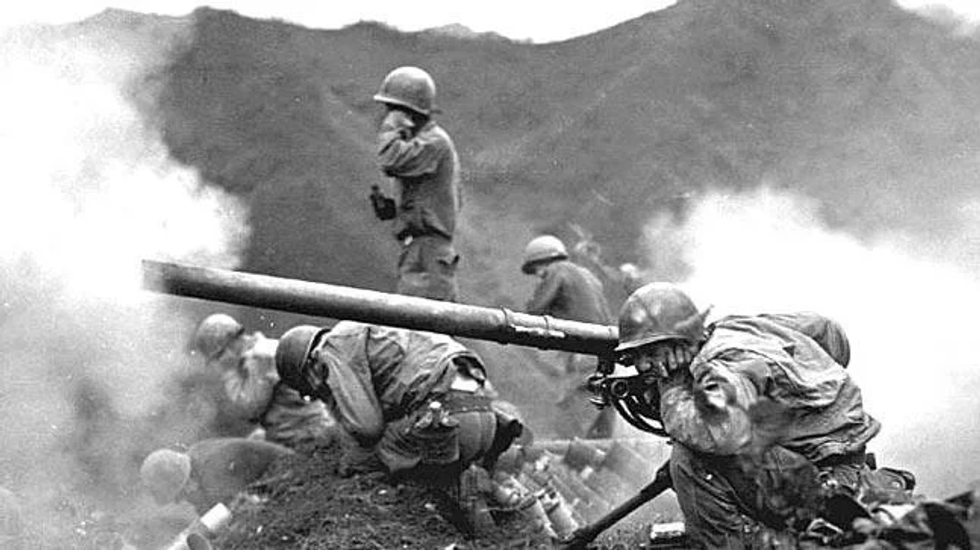by LORD MEGHNAD DESAI
INDIA’S home minister, Amit Shah, and prime minister, Narendra Modi, achieved a fundamental change last week in abrogating Article 370 and announcing the bifurcation of Jammu and Kashmir state into two union territories.
To understand the significance of the move, you have to go back to 1947, the year of independence and partition of India, which created two nations out of British-ruled India.
But there were also 600 princely states, which were nominally independent, but under the rule of the British crown, called paramountcy. The states were told to sign up with India or Pakistan, depending on their location. The Congress party had committed itself to consulting the population of a princely state if the king made an unpopular decision.
Hyderabad and Junagarh were Muslim-ruled, but Hindu-majority princely states. They were compelled to stay within India and a popular vote confirmed the decision. Jammu and Kashmir was the most northern state, and could have gone to either India or Pakistan. The king, Hari Singh, was Hindu, but the population was mixed in terms of religion – Hindu dogras in Jammu (26 per cent of the total area), Muslim sufis and sunnis in the valley of Kashmir (15 per cent of the area) and Buddhists in Ladakh (59 per cent of the area).
Hari Singh was hoping to negotiate autonomy from one or the other nation, but Pakistan tried to force the issue by launching an attack. As the Pakistani irregulars and army were nearing Srinagar, he signed an accession treaty with India. This was one of two options for every princely state. The second step was a full merger with India or Pakistan.
The war was halted when India’s prime minister Pandit Jawaharlal Nehru went to the United Nations to complain about Pakistani aggression. The situation was frozen, with Kashmir divided into a Pakistani-held part and an Indian part. The UN urged that the army withdraw and a plebiscite be carried out to discover what the people wanted. Pakistan refused to withdraw its troops and the vote never took place.
The accession of Kashmir was valid, but confined to three areas – foreign affairs, defence and communications. The merger never took place. An interim arrangement was made, whereby Article 370 embodied the accession, which was codified by the constituent assembly of Jammu and Kashmir and then incorporated into the Indian constitution in article 35A. The assembly should have deleted Article 370 when it made its codification, but never did. Article 370 was passed in 1954 and was part of the last chapter of the constitution titled ‘transitional matters’.
This created several anomalies. In most respects, Jammu and Kashmir was like other Indian states, but citizens from the rest of India had no right to buy property in the state. The refugees who had come into Jammu and Kashmir after partition did not have citizenship rights there. The human rights legislation passed in India and reservations for scheduled castes and scheduled tribes were not available to citizens of Jammu and Kashmir, and women lost their citizenship rights if they married someone from outside the state.
From early on, the Kashmir valley proved to be a source of trouble for India. Pakistan concentrated on infiltrating and inciting the Muslims in the valley. After 1989, Taliban and al-Qaeda terrorists crossed the Line of Control (LoC) to victimise the Hindu population of Jammu and Kashmir, and many Pandit families were forced to leave their homes.
Repeated attempts were made by separatists to foment attacks on the Indian army which had been sent to protect the people. As many as 43,000 people have died in the past 30 years, and India and Pakistan have fought wars in 1965, 1971 and 1998 over this issue.
It was said that as Jammu and Kashmir was a Muslim-majority state, its semi-autonomous position was proof of India’s secular constitution. But this was a fallacy, as the 150-million Muslims who live as a minority population in the rest of India also live in a secular country.
It was also not possible to hold a plebiscite in Jammu and Kashmir as it was divided between India and Pakistan, and Pakistan refused to withdraw its troops. Then Pakistan gave away a part of Gilgit to China. All of which makes it impossible to conduct a referendum across the entire territory of the original Jammu and Kashmir.
Given this tangled situation, a drastic solution had to be found. So, after 65 years, on August 5, India’s president Ram Nath Kovind abrogated the article. Later, over two days, the Reorganisation Act was passed by the two houses of parliament with overwhelming majorities. It was a revelation to witness Shah, hitherto known as an organisation person, be a superb parliamentarian. Modi and Shah have achieved what no previous government was able to.
Jammu and Kashmir is now fully integrated into India, and the LoC is the international boundary.















 David Beckham wearing a David Austin Roses "King's Rose" speaks with King Charles III during a visit to the RHS Chelsea Flower Show at Royal Hospital Chelsea on May 20, 2025Getty Images
David Beckham wearing a David Austin Roses "King's Rose" speaks with King Charles III during a visit to the RHS Chelsea Flower Show at Royal Hospital Chelsea on May 20, 2025Getty Images

 Kurukshetra battlefield illustration
Kurukshetra battlefield illustration
 Chanakya
Chanakya  Shimla Agreement
Shimla Agreement Kargil War 1999
Kargil War 1999
Lord Meghnad Desai: Modi and Shah 'have found a solution to decades-old tangle'